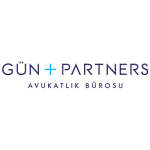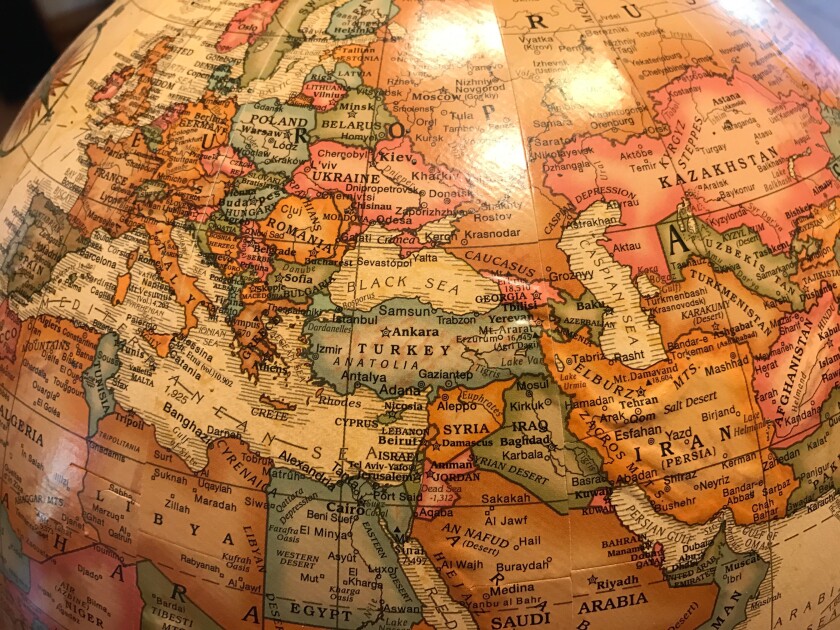Pursuant to the Regulation Indicating the Implementation of the European Patent Convention Regarding the Grant of European Patents in Turkey (the Regulation), a European patent application in which Turkey is designated is accepted as a national Turkish patent application starting from the moment an application number is given by the EPO. Once the application is filed before the EPO, the patent owners normally pursue the procedure before the EPO and then, once the patent is granted, continue with the validation of the European patent in the designated states.
Although the EPO should publish the European patent application after the expiry of a period of 18 months from the date of filing, there is no such requirement in Turkish intellectual property (IP) law that a European patent application in which Turkey is designated should be published in the bulletin of the national office while the application is pending. Consequently, in most cases, patent applicants skip the publication of the Turkish translation of the European patent application and the application enters the records of the Turkish Patent Office after the grant decision of the EPO.
On the other hand, the Regulation states that although a European patent application in which Turkey is designated is deemed as a national patent as of the date of application, for the patent owner to benefit from the ‘protection’ conferred for patent applications, the Turkish translation of the claims must be published in accordance with the Regulation or the applicant must have notified the third party using the invention in Turkey with the Turkish translation of the claims.
At this point, especially when the period between the date of the patent application and the date of publication of the Turkish translation of the application is prolonged due to various reasons, the question arises as to from which point the patent owner can claim compensation for damages.
In one of the example cases, a European patent application in which Turkey was designated was given an application date in 2020; however, the Turkish translation of the claims was first published in 2022. The allegedly infringing acts of the third party started in 2020 in Turkey, so the patent owner questioned if it could claim for damages from 2020 or 2022.
The importance of early translation
The IP law and the Regulation clearly rule that to benefit from the protection provided for a patent application, the claims must be published or the allegedly infringing third party must be informed of the application. As a result, to claim compensation based on a European patent right in which Turkey was designated, the Turkish translation of the application must be duly published in Turkey. For this reason, if the patent application is recorded – and presumably acknowledged as a right – but not published and therefore cannot yet gain protection, even though the act of infringement started at an earlier point, compensation can only be claimed for the period after the publication of the Turkish translation of the claims.
In this respect, it is important not to rely on the mere fact that Turkey has been designated in the European patent application for a claim of compensation for damage suffered over time. And to cover damage sustained for as long as possible, the Turkish translation of the claims should be published as soon as possible, without waiting for the decision of the EPO to grant or reject the application.
Even if the publication of the translation is delayed, the written notification of the invention to third parties that are likely to infringe the patent or that have already started infringement actions will enable the patent owner to claim compensation.
The statute of limitations
Another important point to consider is the statute of limitations to demand compensation for damages. Since a patent infringement act is a form of a tortious act, the provisions of the Code of Obligations regarding tortious acts will apply in terms of the statute of limitations. Accordingly, a compensation action due to patent infringement should be filed within two years, starting from the date on which the patent owner learns of the damage and the person liable for compensation, and in any case ten years, starting from the date of the act. Thus, there is a general statute of limitations of 2 and 10 years for a compensation action due to patent infringement.
A distinction must be made between the period in which a compensation action can be filed and the period during which damages can be demanded.
According to the case law, for cases of determination, suspension and prevention of patent infringement, the statute of limitations will not run as long as the infringing acts continue. However, an action for compensation of damages caused by patent infringement can only be filed within the general statute of limitations; that is, after the above-mentioned conditions initiating the statute of limitations are fulfilled, the statute of limitations begins to run regardless of whether the patent infringement continues. In this case, to be able to claim compensation for damages arising from patent infringement, it is crucial to accurately determine the moment that initiates the statute of limitations; namely, the date when the damage is deemed to have been learned of.
In the doctrine, it is accepted that for the damage to be acknowledged to have been learned of, the information that will determine its existence, quality and basic elements must have been learned of to the extent that it can be sued for.
Considering the case law, although there is no stable Supreme Court practice, the date of conclusion of the infringement action is generally taken as the learning date for claiming compensation, and in the opinion of Gün + Partners, this is an appropriate approach. However, since the Supreme Court may adopt a narrower interpretation in some decisions – in other words, it can detect that the statute of limitations started earlier than the conclusion of the patent infringement action – it is important to make a careful evaluation for each case in order not to put the right to claim compensation at the risk of the statute of limitations.
Key takeaways
With regard to claims for compensation arising from patent infringement, a serious loss of rights can result from the legislation and from the interpretation of the legislation by the high courts. In this respect, a comprehensive legal assessment is of great importance to avoid the loss of rights, especially in claims for damages based on patents originating from European patents in Turkey.
Applicants should choose to have the Turkish translation of the claims published in Turkey to be on the safe side with regard to compensation of damage due to patent infringement.












